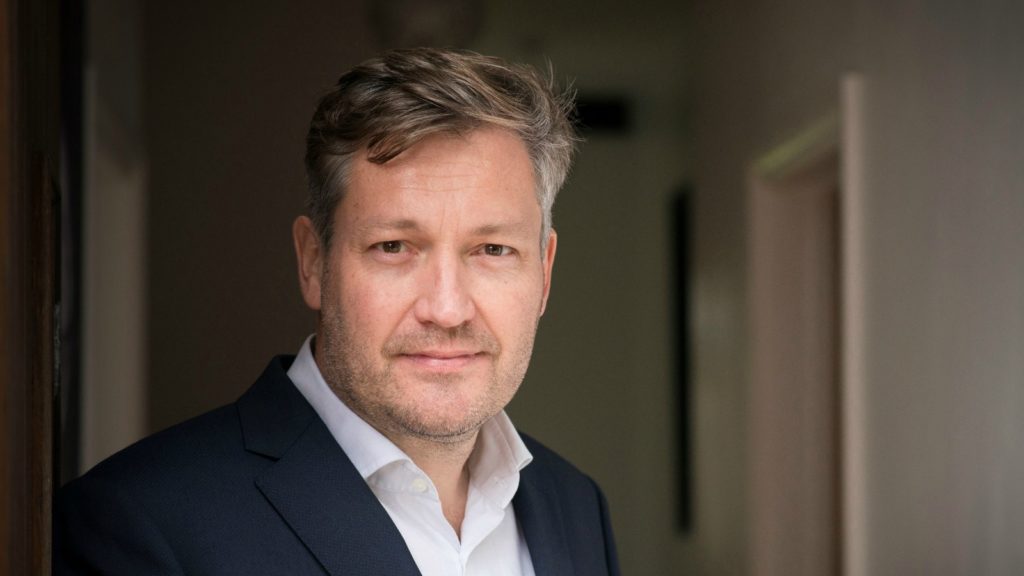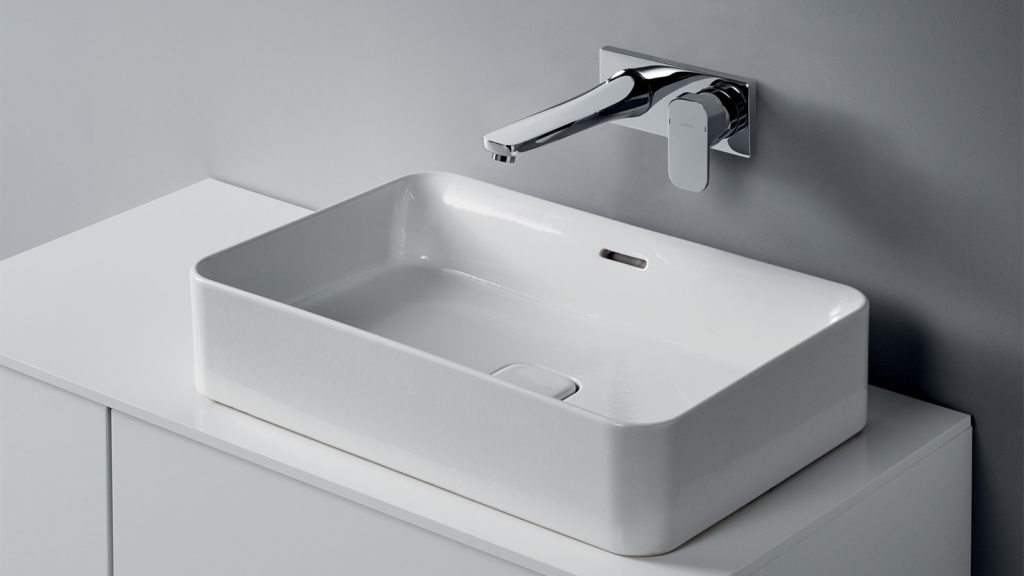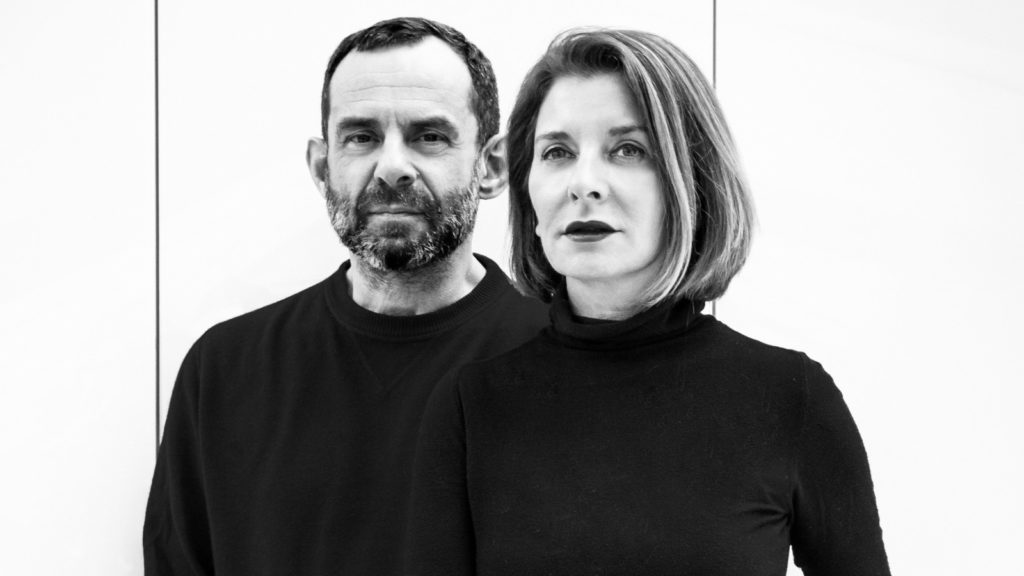Managing director of Ideal Standard Stephen Ewer has brought stability to the business, after its leadership changing hands four times in just two years. Here he talks exclusively to Kitchens & Bathroom News about the company’s plans for the future, in particular meeting the changing demands of retail and consumers

Q: How is business?
A: The financial position of the business is quite healthy across all channels. In some of the market segments, it’s been quite challenging. On the commercial side – both privately-funded and government-funded projects – we’ve seen a lot of headwind in line with the market. So we’ve had to work hard and gain some market share to maintain our levels of business and commitment to the group.
Sponsored Video
In residential developments, we’ve seen positive market help. The market is with us there, and with the industry generally, but we’ve also had a very good year. We’ve particularly focused on regional developers and had good growth. Also in retail, with the Sottini brand, we’ve had a very good year, approaching 30% growth.
Q: Has this been helped by the investment from Anchorage Capital?
A: With Anchorage coming on board, they have provided significant, strategic investment at a group level that certainly supports our manufacturing footprint and new product development pipeline.
Q: Ideal Standard had a lot of leadership changes in, what felt like, quick succession. How important was it for you to come on board and offer stability to the business?
A: What I found when I came into the business was a really strong team and really strong set of brands, which were well-received in the market. Of course there were some areas that were ‘grey patches’, if you like, and there was need for stability simply because in the past Ideal Standard has enjoyed long periods of stability. Part of my role was not only to set the vision and the strategy of the company and to bring those strands together but also bring all the employees together, as one team, behind that business plan.
There’s no revolution but there’s been a strongly paced evolution. There was a need to stabilise but with a small ‘s’. It’s a good, solid business with a good team. We got behind the strategies and I think we’ve shown as a business, through that process, a huge amount of resilience and adaptability.
Q: What were the ‘grey patches’ of the business?
A: When I talk about ‘grey patches’, I think there are areas we could improve on and be more joined up. We needed to broaden our service proposition. We have already put in a service proposition for Sottini that is at a heightened level. Online is driving a lot of that expectation from consumer groups. Consumer behaviour is changing and we have to follow those habits.
In my opinion, the industry will move towards an omni-channel model, broadly, in the b2b2c area. At the moment you have got a community of traditional retail, you have got a community of pure play online and you have got less of a community that is playing both channels as an omni-retailer.
Q: Are you encouraging retailers, then, to go down an omnichannel route?
A: I wouldn’t say we are encouraging, I think we are recognising the trend. Traditional retailers are serving a very important part of the market. We need to recognise our customer groups and keep laser-focused on serving each customer group with exactly the right proposition.

Sottini has approached 30% growth through retail channel
Q: Ideal Standard discontinued the Interior Collection, which was for retailers and sold through distribution. Is this now going to be replaced?
A: The Interiors Collection was a specific range of products we had two years ago. It was the right decision for the business, at that time, and there was a clear rationale associated with that. In terms of where we are today, and going forward, absolutely we recognise the need to provide retailers with a unique proposition in the market. We are doing this with Sottini. We have plans to further develop our retail ranges and propositions. There is product development with higher-end Ideal Standard ranges, which will be shown at ISH.
Q: You have recently announced a collaboration with Palomba Serafini Associati. What will it bring to the company?
A: This collaboration marks another milestone in the history of Ideal Standard and builds on the company’s design heritage, working with some of the world’s most iconic master designers. In the 1950s we worked with Gio Ponti to create the standard bathroom suite at the time. In the 1970s Ideal Standard teamed up with Achille Castiglioni to create a breakthrough architectural design, which propelled the bathroom from a functional space into a living space – the way we know it today.
In Roberto Palomba of Studio Palomba Serafini Associati we found a partner ‘raised’ by these Italian master designers. He’s been widely recognised with numerous awards – and is the only designer who has won the Compasso d’Oro in the bathroom category. In addition to being a renowned designer he is also an architect, which means he has the knowledge to translate our vision into actions that are relevant to our customers.

Roberto Palomba and Ludovica Serafini will create a design strategy for Ideal Standard
Q: Why was there a need for Palomba Serafini Associati to create a design strategy for the company?
A: We are much more than one of the world’s leading manufacturers of bathroom products and solutions. We see ourselves as part of the community of architects and designers in shaping the evolution of modern life. This essence of design is what we want to capture again and is why we established this partnership with Studio Palomba Serafini Associati.
Q: When Palomba Serafini Associati works in conjunction with so many bathroom manufacturers, how will you ensure Ideal Standard’s design stands out?
A: Roberto and his team have established a vast and in-depth knowledge of our industry, which makes him uniquely placed to look at Ideal Standard’s strong design heritage, identify the elements that made up our design language and translate that into the 21st Century, making us stand out as we’ve always done.
Q: We are seeing manufacturers investing in routes to market, such as the Roxor Group buying Better Bathrooms and Bathroom Brands looking after Froy’s customers, following the announcement of its closure. So will we see more manufacturers invest in routes to market and do you have any similar plans?
A: I think these are interesting developments. We are obviously watching these developments with interest but we don’t have or need any similar plans. We already have a strong capability in logistics. We run a substantial distribution centre and have partners so we are able to offer a direct service, if needed. We have control over our logistics capability and the couple of examples, given, is providing some of those manufacturers that capability in the UK market.



